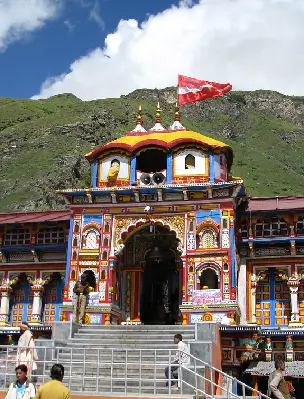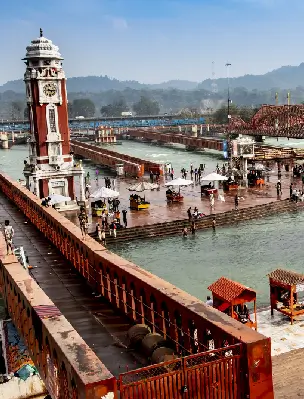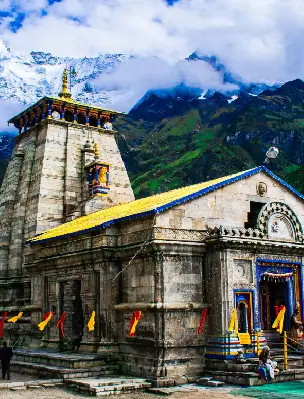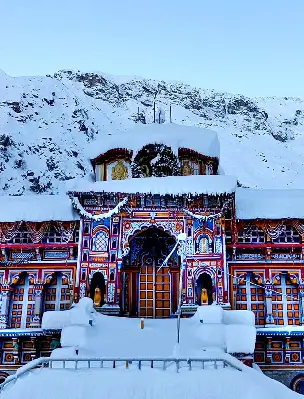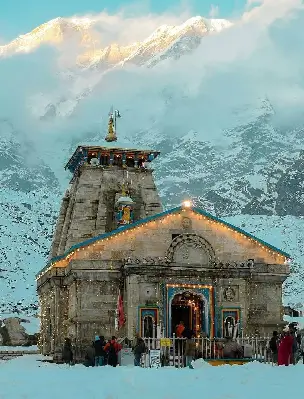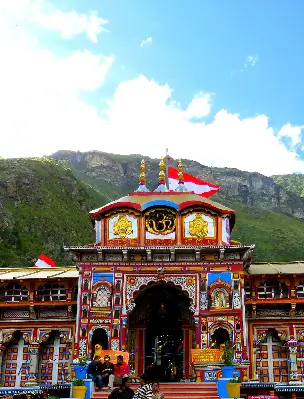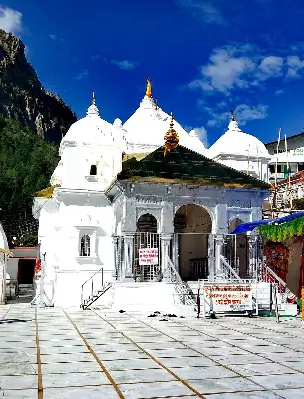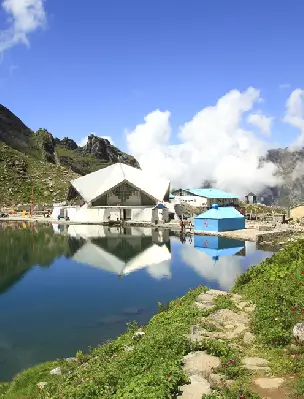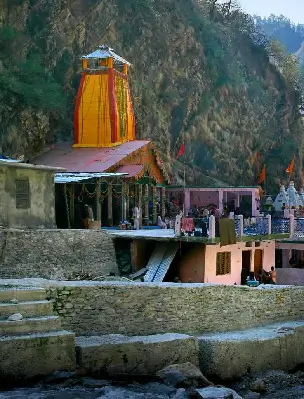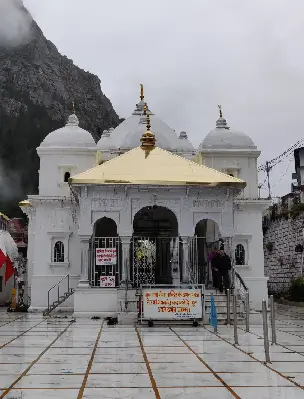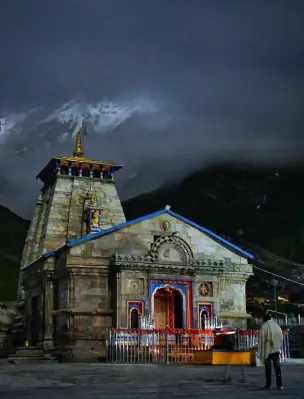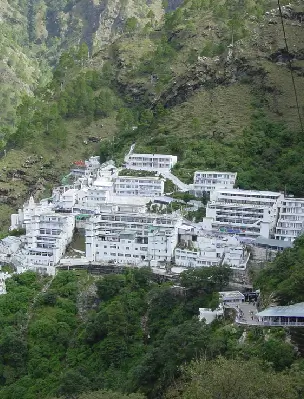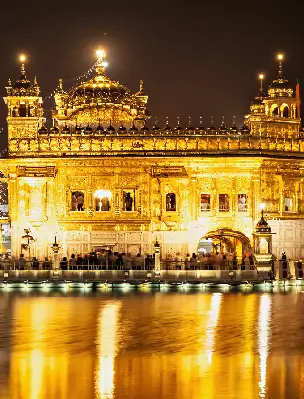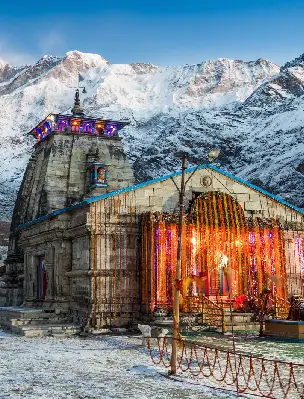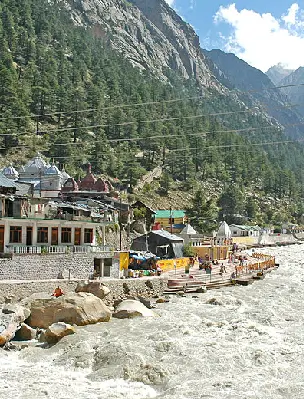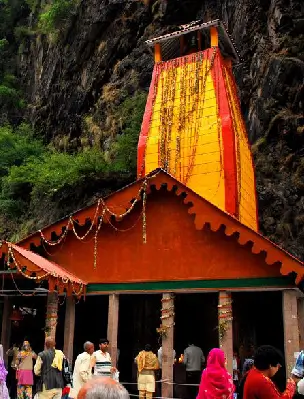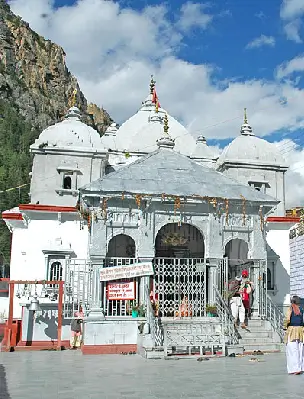Panch Kedar Temples
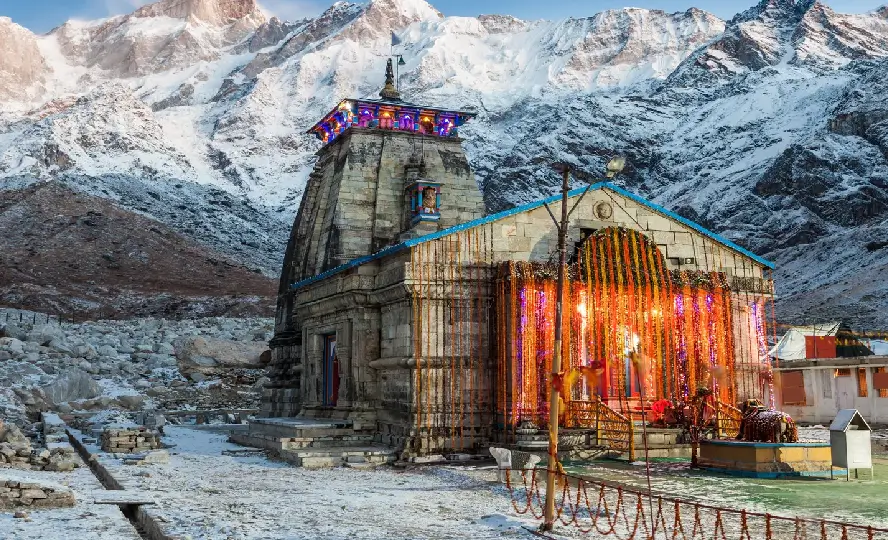
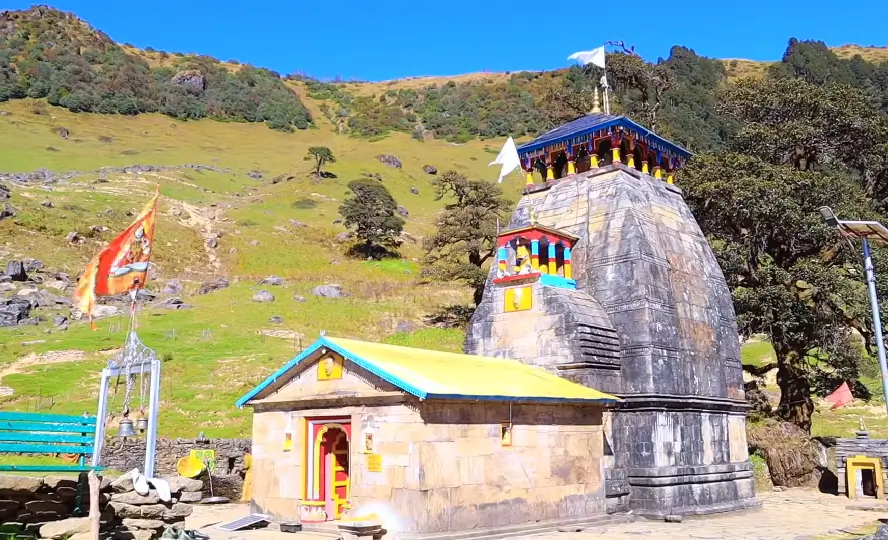
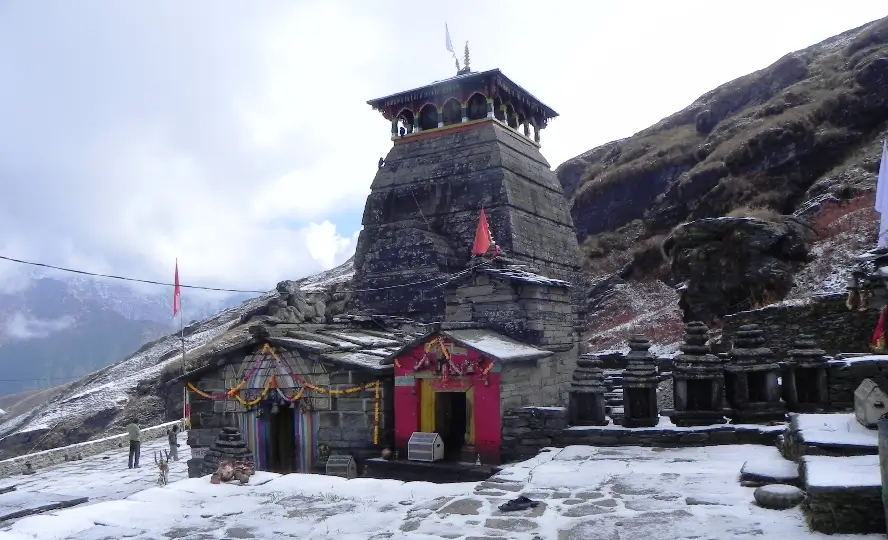
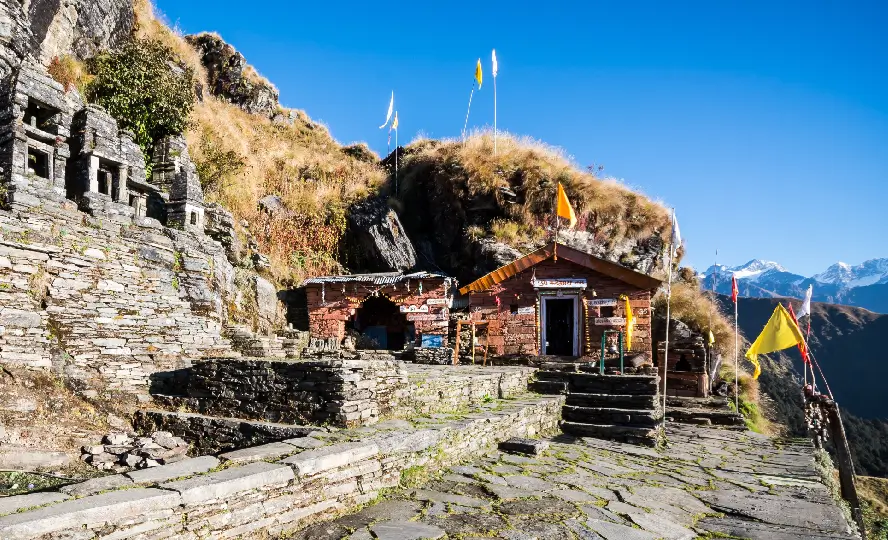
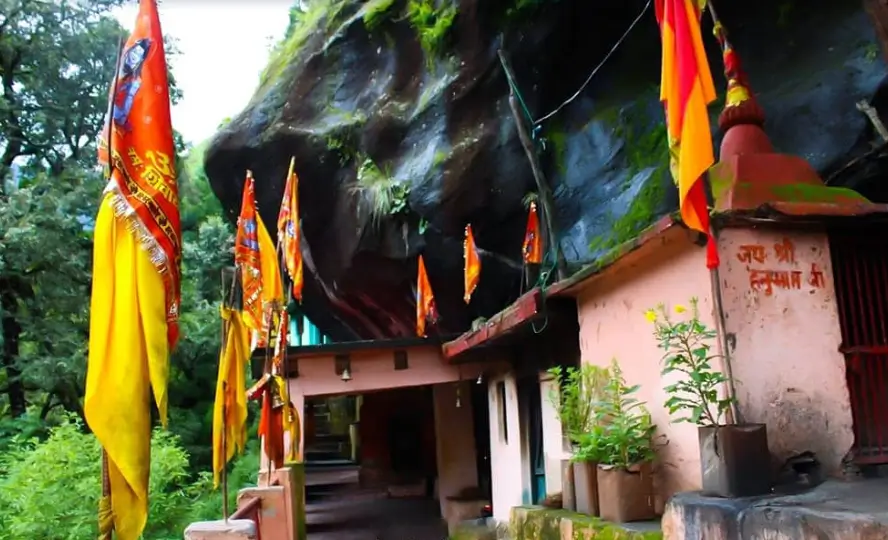
About Panch Kedar Temples & Yatra
An amalgamation of beautiful landscapes and prominent pilgrimages, Uttarakhand unequivocally claims the name of “Devbhoomi” (The land of Gods). Hundreds of thousands of people visit the state annually on spiritual journeys, including the famous Panch Kedar pilgrimage circuit. It is a pilgrimage journey to five of the most revered temples of Lord Shiva in the Garhwal Himalayas. The word "Panch" means Five and "Kedar" is another name of Lord Shiva. Kedarnath, Madhyamaheshwar, Tungnath, Rudranath, and Kalpeshwar are the names of the Panch Kedar temples. These ancient temples of Lord Shiva are significantly associated with the Indian epic Mahabharat and are believed to have been built by Pandavas. More or less, each of these five temples have a trek beautifully set amid the extensive beauty of the Himalayas backdropping staggering landscapes. The enormous feeling amid these pinnacles of spiritualism starstruck the devotees and nature lovers alike.
Mythological Story of Panch Kedar Temples

These five of the most significant Shiva temples are associated with myriad legends and stories about their origin and their significance. Among them the most popular comes from the Hindu epic Mahabharat. In this legend, Pandavas, the five sons of king Pandu, fought a war known as the "Kurukshetra War" with their cousin brothers Kauravas for their share of land in the common Kingdom. In the war, Pandavas had to shed the blood of their own teachers, friends, and close relatives.
After the victory, Pandavas felt the burden of the sins they had by killing their cousins and many other renowned souls. After the guidance of Lord Krishna, Pandavas sought forgiveness from lord Shiva. First, they arrived at Kashi, known as the abode of Lord Shiva. But Lord Shiva was not happy with their actions and thus hid himself in the mountains of Garhwal while transforming himself into a bull.
One of the Pandava brothers, Bhima, found the bull and successfully grabbed his hump. After his revelation, Shiva split himself into several parts which fell into different locations. At the various places where each of the parts fell, Pandavas made a temple and thus found solace. Five of those temples in Uttarakhand are together known as Panch Kedar. Each of the five temples is a manifestation of a different part of Shiva.
While Panch Kedar temple history has not an exact date of establishment documented, various evidence confirms their presence in the 8th Century AD. Many kings, after, contributed to the upkeep of these temples from time to time.
Religious and Spiritual Significance of Panch Kedar Yatra

Completing the Panch Kedar Yatra is considered highly praiseworthy. As worshipping Lord Shiva is believed to lead the way to Moksha (Liberation), many pilgrims visit the five temples every year while they are open. Also, a visit to the temples fulfills the desires and grants immense blessings to the devotees. Moreover, the trek is also considered an embodiment of a spiritual pilgrimage. The challenging Panch Kedar trek signifies the obstacles in one's life, and overcoming them resembles the attainment of victory over worldly and mundane problems. Also, the sacred atmosphere while visiting Panch Kedar leads the connection to get deeper with nature and the divinity, thus is a highly preferred journey for self-reflection and self-realization.
Let's Have a Quick Look into the Details of Panch Kedar Temples
- Kedarnath Temple
- Madhyamaheshwar Temple
- Tugnath Temple
- Rudranath Temple
- Kalpeshwar Temple
Kedarnath (1st Panch Kedar Temple)

Located amid the over-extravagant beauty of Himalayas on an elevation of 3583 m, Kedarnath Temple is the first temple in the Panch Kedar pilgrimage circuit. Kedarnath temple symbolises the hump or the back of Lord Shiva, who took the form of a bull to avoid Pandavas. It represents the strength and power of the divine. The temple has an unclear history of establishment but it was revived by the prodigy Adi Shakaracharya in the 8th century CE. Kedarnath Temple is also part of the Char Dham circuit of Uttarakhand. The temple has two major parts, a Mandap and a Shikhara.
The shikhara is a conical-shaped main sanctum in the temple also known as Garbhgriha, and the Mandap is rectangular shaped from portion. The temple is built in the Nagara style of North-Indian architecture. It is strongly built from gray stone slabs in an interlocking manner which have resisted various earthquakes over centuries. Kedarnath temple has gone through various renovations and restoration over the centuries, notably after the 2013 floods.
Madhyamadeshwar (2nd Panch Kedar Temple)
Madhyamaheshwar or Madmaheshwar, which means "Lord of the Middle", represents the navel of the Lord Shiva. It is located in a remote location of Gaundar village of Garhwal, Uttarakhand. At a height of 3,497 m, the Madhyamaheshwar temple is set amid the beautiful and mesmerising beauty of greens and white. An on-foot trek of almost 16 kilometres is needed from the nearest road-connected town, Ransi, to reach the temple. Madhyamaheshwar has a North Indian Nagar style of architecture with tall Shikhara, Mandap, and Garbhagriha. The temple also has a Nandi Mandap and Ganesha Mandap. As the temple is situated at a very remote location, most of its history is in the oral legends thus much evidence of its establishment is not available.
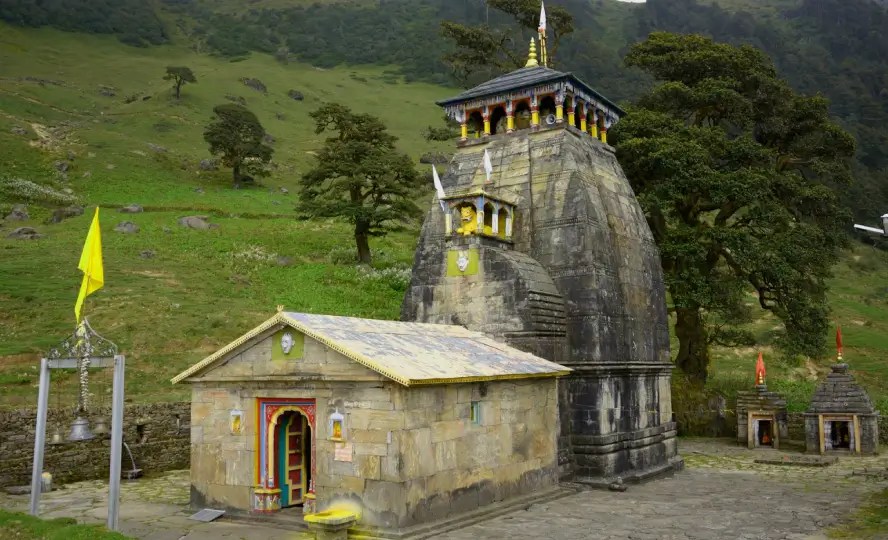
Tungnath (3rd Panch Kedar Temple)
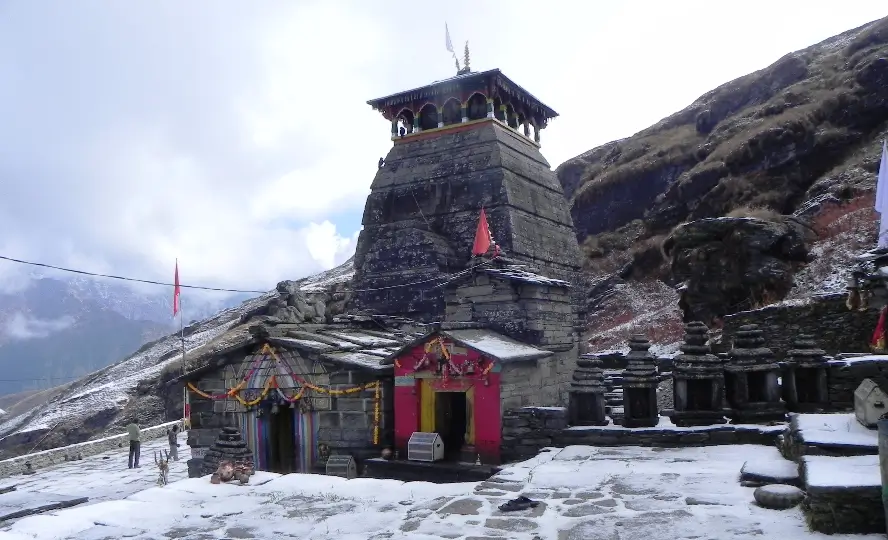
Tungnath Mahadev temple is the world's highest-located temple of Lord Shiva. At a height of 3680 m, Tungnath is set amid the majestic beauty of the Garhwal Himalayas and an amazing experience of trekking. It requires a short trek of only four kilometres, yet is more elevated than other temples of Panch Kedar. Tungnath temple is the third temple in the Panch Kedar Trek and represents the shoulders and forearms of lord shiva from the legend of Mahabharat. North Indian architecture has a similar build to Kedarnath and Madhyamaheshwar temple. Tungnath temple's beauty lies in its simplicity. It has a strong build of gray stones and various surrounding structures dedicated to other deities.
Rudranath (4th Panch Kedar Temple)
The fourth and the toughest temple to trek in the Panch Kedar Tour, Rudranath is much different from the other Shiva temples. The temple is built accompanying natural rock which awes the pilgrims and tourists alike. To reach the height of 2,286 kilometres for this temple, one has to trek almost 20 kilometres from Gopeshwar village. The temple is associated with the face or sometimes the throat of lord Shiva. The deity is worshipped as "Neelkanth Mahadev" form in this temple. The lofty trek to this temple pays off with the amalgamation of a beautiful landscape of meadows and lush forests backed with famous Himalayan peaks like Nanda Devi, Trishul, and Nanda Ghunti. Rudranath temple is surrounded by various Kunds (pools) including Saraswati Kund, Surya Kund, and Mana Kund.
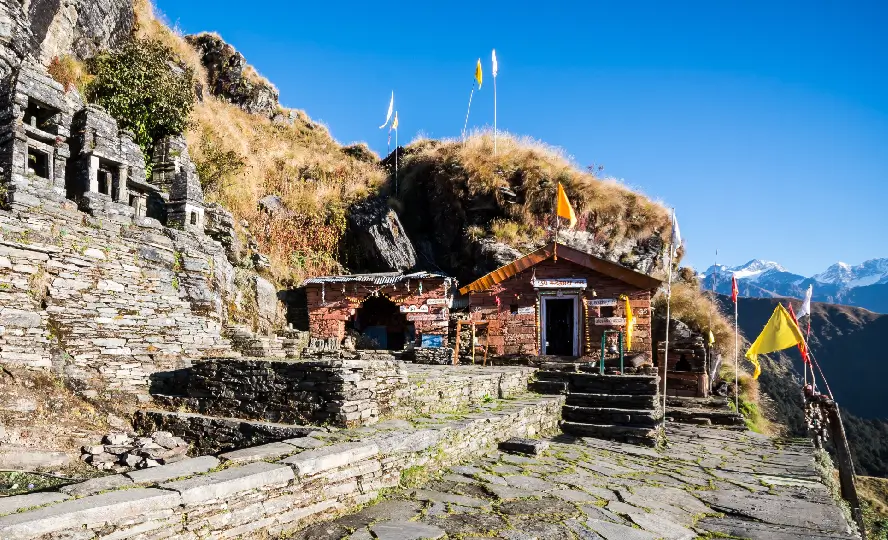
Kapleshwar (5th Panch Kedar Temple)
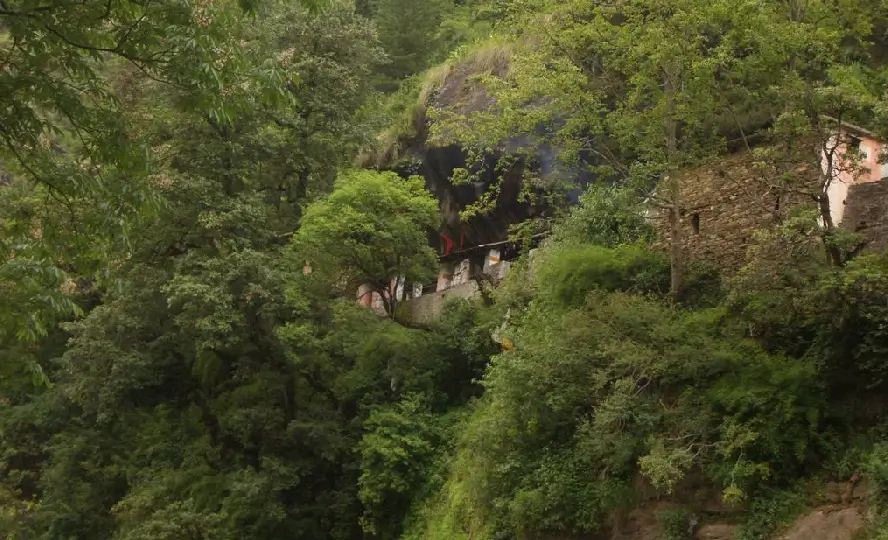
The fifth temple in the circuit of Panch Kedar Yatra, Rudranath is the place where the hair locks (jata) of Lord Shiva are worshipped. Inside the temple flows a small stream of water resembling the holy Ganga believed to originate from lord shiva's hair. Rudranath is the easiest temple to reach in all of the five temples of Panch Kedar. The temple is located at an altitude of 2,200 m and requires only about two kilometres of an on-foot trek from the nearest motor-accessible Urgum Valley. One can reach the Rudranath temple from Helang located in the Chamoli district of Uttarakhand. This is the only temple open throughout the year. It is set amid dense forest, various waterfalls, and green fields. One can also witness the confluence of Kalpganga and Alaknanda en route to Rudranath temple.
Panch Kedar Temple Yatra Opening & Closing Dates 2026
| Temple Name | Opening Date | Closing Date |
| Kedarnath | 22 April 2026 | Oct 2026 |
| Madhyamaheshwar | 21 May 2026 | 20 Nov 2026 |
| Tungnath | 02 May 2026 | 17 Oct 2026 |
| Rudranath | 18 May 2026 | Will be updated soon. |
| Kalpeshwar | Opens round the year | --- |
Best Time to Visit Panch Kedar
As four of the five Panch Kedar temples are closed for the winter months due to heavy snowfall and inaccessibility, thus the preferred time to do the Panch Kedar Tour is in the months between May and November. However, the best time to visit Panch Kedar is from May to June when the temperature is moderate and the weather is pleasant for trekking.
*Please note that Kedarnath, Madhyamaheshwar, Tungnath, and Rudranath temples are usually closed for six months from December to April, while Kalpeshwar Temple is open throughout the year.
Popular Tours
Book The Tour
Char Dham Temples
Hotels in Chardham Circuit
Char Dham Tour Packages
- Char Dham Yatra From Delhi
- Chardham Yatra From Mumbai
- Char Dham Yatra From Ahmedabad
- Chardham Tour with Hemkund Sahib
- Chardham Yatra by Helicopter
- Char Dham Yatra with Vaishno Devi & Amritsar
- Chardham Tour with Gomukh Trek
- Char Dham Packages From Bangalore
- Chardham Yatra From Chandigarh
- Char Dham Yatra with Auli
- Char Dham Yatra From Hyderabad
- Char Dham Yatra with Vaishno Devi, Jwalaji & Amritsar
- Char Dham Yatra From Chennai
- Chardham Packages From Bhopal
- Char Dham Yatra by Luxury Vehicle
- Char Dham Yatra with Satopanth Lake
- Char Dham Yatra with Panch Badri Tour
- Char Dham with Valley of Flowers
- Chardham Yatra with Mahavatar Baba and Nainital Tour
Do Dham Yatra
- Badrinath Kedarnath Yatra From Haridwar
- Badrinath Kedarnath Yatra
- Gangotri Yamunotri Yatra
- Gangotri Yamunotri Yatra from Haridwar
- Kedarnath Badrinath Yatra with Hemkund Sahib
- Kedarnath Badrinath Yatra with Valley of Flowers
- Kedarnath, Badrinathdham With Lake Of Nainital
- Yamunotri, Gangotri with Lake of Nainital
Ek Dham Yatra
- Badrinath Pilgrimage Tour
- Kedarnath Pilgrimage Tour
- Gangotri Pilgrimage Tour
- Yamunotri Pilgrimage Tour
- Kedarnath Yatra By Helicopter
- Badrinath Dham Yatra from Haridwar
- Badrinath Yatra with Hemkund Sahib
- Badrinath Yatra with Valley of Flowers
- Gangotri Dham Yatra with Gaumukh
- Kedarnath Dham Vasuki Tal Trek
